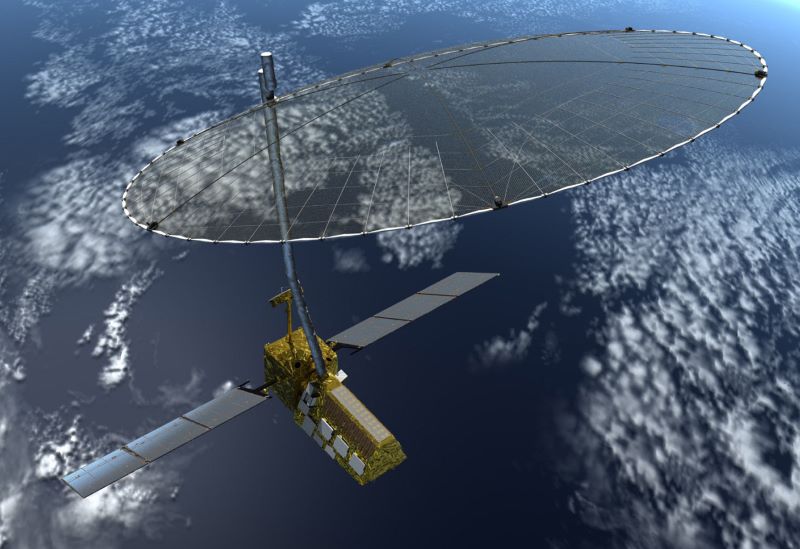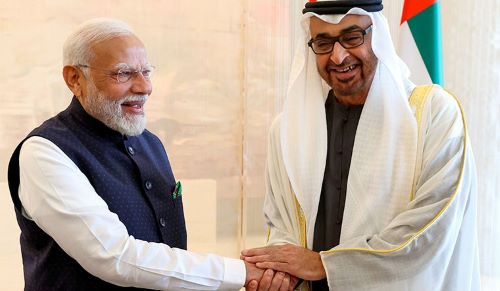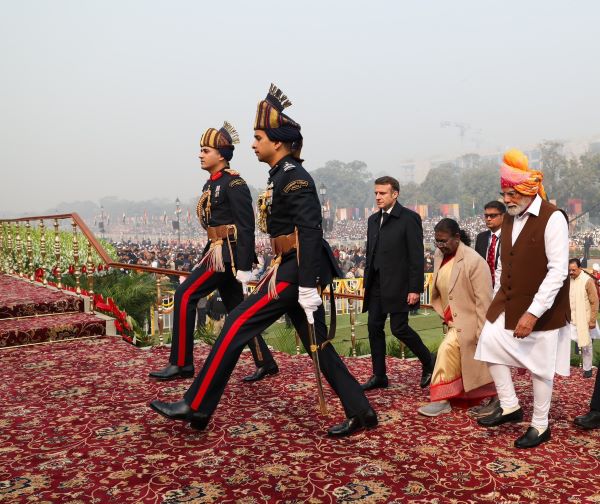As India’s Chandrayaan -3 is on its mission to create history, the nation is headed to expand its space programme taking up major projects with the US and emerge as a leading space power.
India and the US are expanding their collaboration in various domains, including in space, where new doors are opening between ISRO and NASA. EAM Dr Jaishankar has said, “India signing the Artemis Accords and promoting stronger NASA-ISRO collaboration is a sign of the times to come…”
India has become the 27th signatory of the Artemis Accords, which will benefit the nation’s space programme. For the US, bringing India – a responsible space power on board the Artemis Accords was important as it sends a signal across the globe. At least two Indian astronauts will soon be training at the Johnson Space Centre in Houston to mount a joint effort to get to the International Space Station, the Economic Times reported. It’s a huge step since India has never been a part of the ISS. Senior NASA officials are headed to India to put frameworks in place. After this, Bill Nelson, the head of NASA will visit India later this year.
The other major space odyssey between India-US is the launch of Nasa-Isro Synthetic Aperture Radar (Nisar) from Sriharikota- first of its kind Earth mapping system in the world. The NASA Isro Synthetic Aperture Radar (NISAR), the low earth orbit observatory being jointly developed by NASA and Isro, is on course for a January 2024 launch from the Satish Dhawan Space Centre at Sriharikota.
The NISAR Mission will measure Earth’s changing ecosystems, dynamic surfaces, and ice masses providing information about biomass, natural hazards, sea level rise, and groundwater, and will support a host of other applications.
Nisar is two radars- one developed by Nasa and the other by Isro- combined to form a single spacecraft. It will help scientists understand climate change better. Nisar’s data will be free to all countries- aimed at global good, which India has been emphasising in its policies.
These projects are a major success for India’s space diplomacy and would bring the nation on top of the table in space science and exploration.
During Prime Minister Narendra Modi’s recent state visit to the United States, India signed the three-year-old Artemis Accords, a US-led international partnership on planetary exploration and research. The Accords have been signed by 26 countries till now, including Japan, Australia, the UK, France, and Canada. A set of 13 principles, the Artemis Accords is closely linked to the Artemis Program, which aims to return astronauts to the lunar surface, build a space camp there, and carry out deep space exploration.
The Artemis Program concerns off-Earth exploration and commercial mining of planetary resources and for long term human presence on the Moon and Mars.
The Accords would help India fast-track its human spaceflight capabilities and ambitions, and that too cost-effectively due to collaborations with the US and other members of the Accords. ISRO Chief S Somanath, in a March 2022 interview, said the agency was considering possibly contributing to the Gateway, an upcoming NASA-led international lunar orbital station for Artemis astronauts. As NASA is providing crew seats to Japan, Europe, and Canada in return for their respective Gateway contributions, India might also work its way towards one too, the Indian Express reported.
See Also: https://indiadiplomacy.in/india-us-decide-to-upgrade-defense-partnership/





